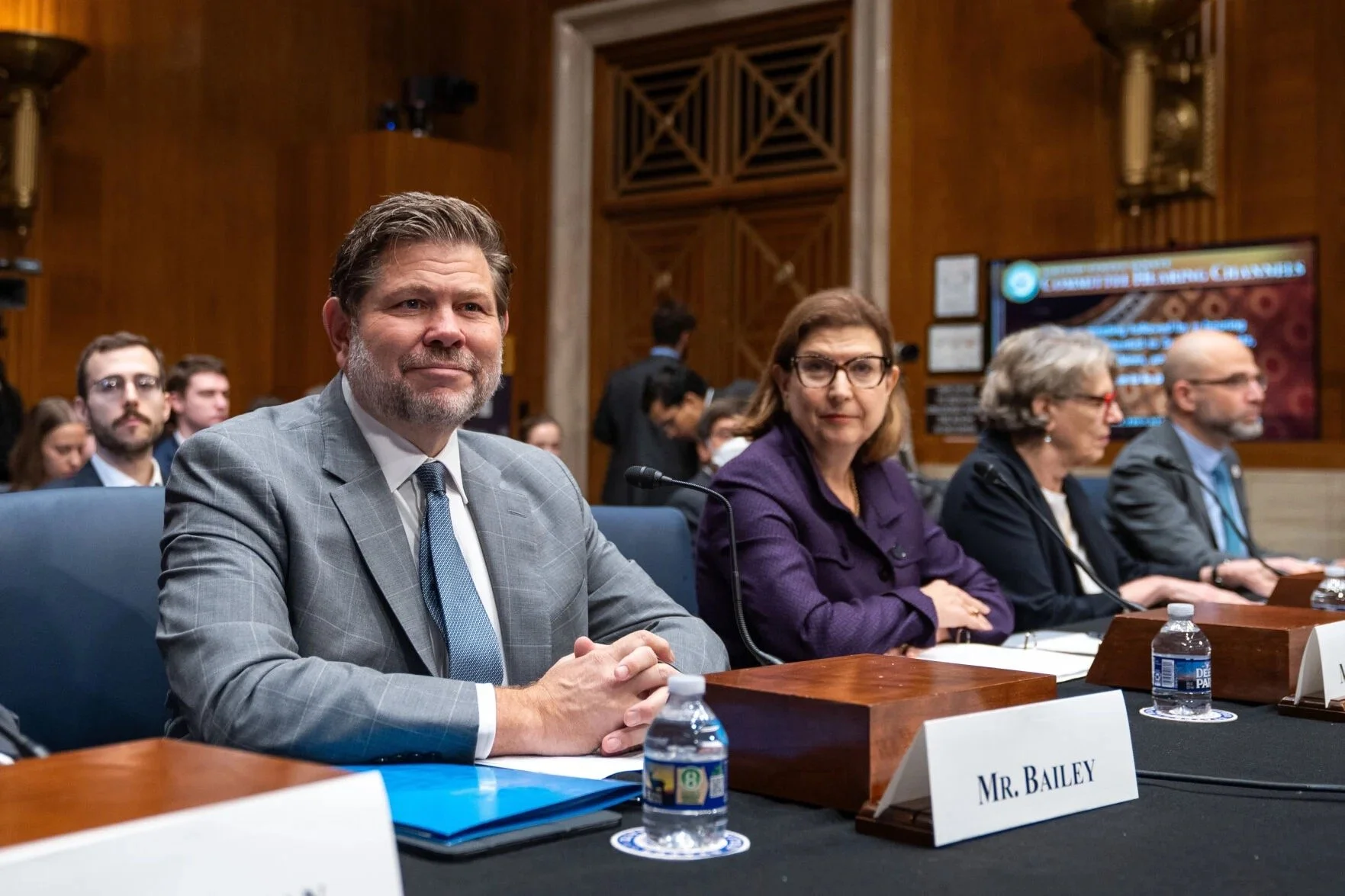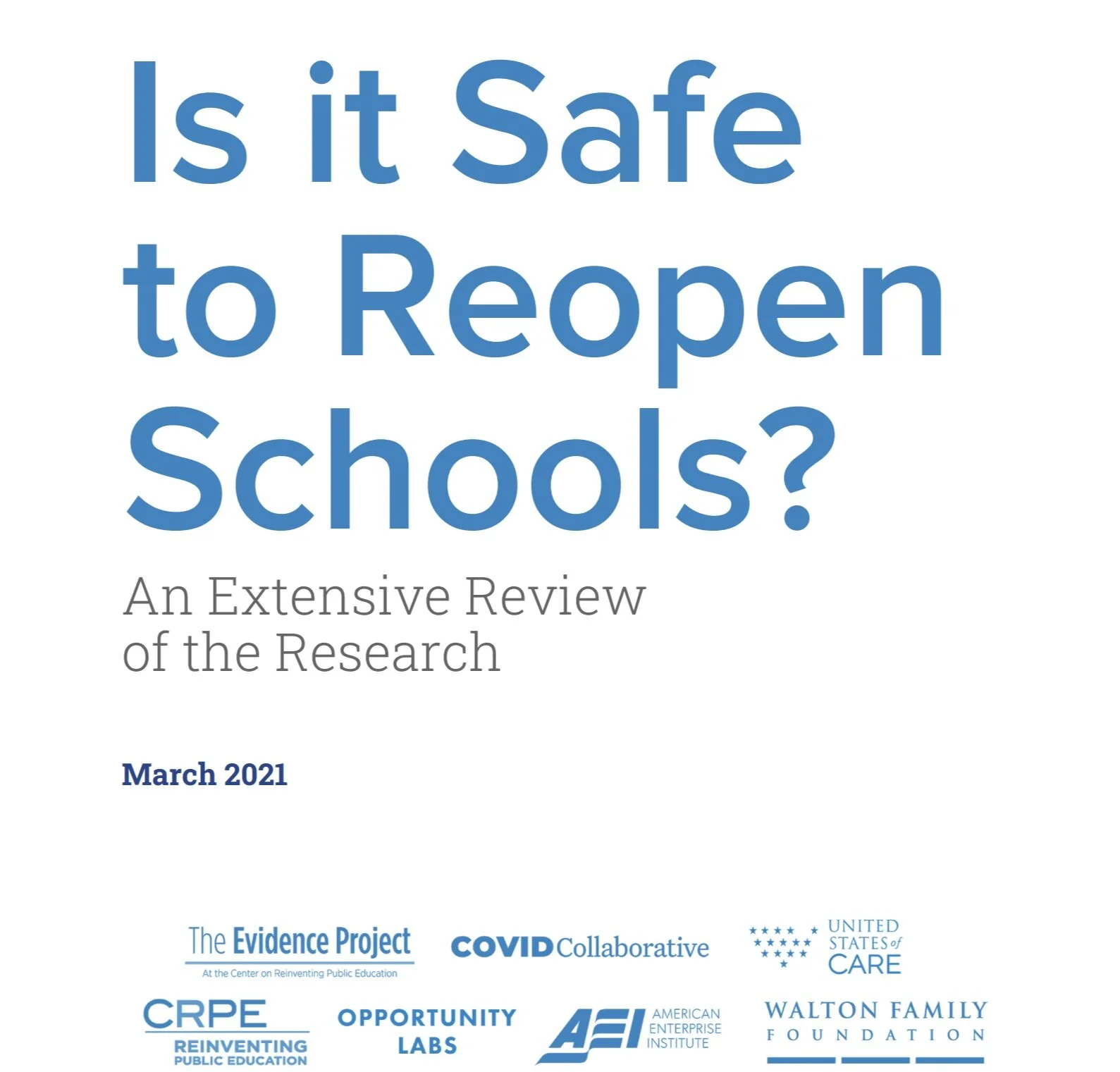The recent dismal results from the National Assessment of Educational Progress introduced a new learning-loss puzzle. It was assumed that states with more remote instruction would have lower academic scores than those with more in-person classes during the pandemic. But states that had more days of in-class learning also saw declines. The likely reason is due to the hidden disruptions to student learning caused by COVID quarantines.
Reset Strategies Now, Prepare for the Future
The rapidly receding Omicron wave of Covid-19 presents a moment to pause and reflect on our pandemic strategy and make needed and, in some cases, long overdue adjustments. This is also the time to prepare for future pandemic risks. As we move forward, it is important for policymakers and health authorities to review which measures have worked, which policies have fallen short, and which actions have produced too little public-health benefit relative to the costs they have imposed on families and, too often, on children.
COVID-19 Policy Update
The COVID-19 Policy Update is a daily digest of important stories, research, and resources to help leaders better understand the rapidly unfolding events related the coronavirus. Subscribers include state and federal policymakers, education executives, investors, and entrepreneurs. My hope is that these provide the information you need to better understand the emerging trends, challenges, and opportunities surfacing during the pandemic.
COVID-19 Will Continue to Disrupt Schools, But We Can Manage It
Some excerpts from my recent piece in Newsweek outlining reasons why we should prepare for a third year of interrupted learning in schools. I then outline five steps we can take to help manage the challenges and uncertainty.
Is it Safe to Reopen Schools? An Extensive Review of the Research
A new report, Is it Safe to Reopen Schools? An Extensive Review of the Research, from the COVID Collaborative, United States of Care, the Walton Family Foundation, Opportunity Labs, CRPE's Evidence Project, and AEI summarizes more than 130 studies that show the physical, academic, and emotional toll of school closures will have a significant negative impact on children for decades to come. The report highlights key findings around risks for children, transmissibility concerns, and the impact of school reopenings on community spread — including a new analysis of data related to learning loss, student engagement, and absenteeism with a focus on the disproportionate harm on students of color.
C-SPAN on Reopening Schools During the COVID-19 Pandemic
CDC Adds to Growing Body of Research Showing How Schools Can Reopen
It is very likely that we’ve overestimated the risk of sending children back into the classroom and underestimated the consequences of keeping them at home. It’s time to adapt our strategies to better reflect on the lessons learned over the last 10 months. It’s time to safely and responsibly give students the option of coming back to school.
To Reopen Learning, Give Students the Internet
An estimated 21 million Americans lack a high-speed internet connection. More than 1 in 10 students report they don’t have a laptop or desktop at home. And the digital divide is even more prevalent in our most vulnerable communities. The Census Household Pulse Survey showed that, as of June, 15% of black students lacked reliable internet connectivity, and 21% lacked a device at home. Twenty-one percent of low-income children lack the connectivity needed to benefit from either online or hybrid learning.
That’s why it is urgent for Congress to use the next phase of fiscal relief to bridge this divide. Democratic Massachusetts Sen. Ed Markey has proposed $4 billion for the E-rate program, which helps to connect low-income children at home. Republicans, Sen. Roger Wicker of Mississippi and Rep. Greg Walden of Oregon, have issued a Digital Equity Framework that calls on giving students access to broadband to complete their homework remotely as well as expanding broadband access to minority and low-income communities.
In the News
Will Parents Let Their Children Return to Reopened Schools?
On the same day of the White House forum, the nation saw a new single day record of COVID-19 cases and spiking infection numbers across 37 states over the past two weeks. States are busy preparing technical plans for schools, but may be missing the important health issues they must address in order to instill parental trust. Unless leaders quickly respond to these cautious parents, schools will open their doors but children will stay at home.
Reopening Resilient Schools
An essay I wrote for EducationNext describing how we can approach safely reopen schools. I cover what the most recent scientific studies tell us about risks for children as well as if they are super spreaders of COVID-19. Other issues include how to address SEL, academic learning loss, and improving distance learning to provide a better experience for both teachers and students next year.
In the News
Parents and the Pandemic: A Comprehensive Analysis of Survey Data
An analysis of data from the 4,000 parents surveyed over weeks that gives us a better sense of how parents are navigating the challenges of COVID-19, what they expect with reopened schools, what they want after the killing of George Floyd, and how they are uses their CARES Act direct cash benefit. All of the data is also available on AEI’s website.
Here’s How Michigan’s Schools Can Reopen This Fall
This disruption to the school year has created broad academic challenges for students, particularly those most vulnerable before the crisis occurred. Schools may need to extend the school day or year to help students catch up on lost instruction. Michigan should commit now to ensure their assessments are administered in the spring of 2021 to help identify students who need extra help and better target assistance to close learning gaps. They should also commit to providing the social and emotional learning practices needed to help students as they make their way through this new normal.
In The News
What To Do About the Fall's Looming School Personnel Crisis
Everyone was taken by surprise when schools closed their doors to over 55 million students this spring. When schools reopen, there will be important accommodations to protect students and staff. But some teachers and school personnel — as many as half a million — may not be able to return to school building due to being more at risk for contracting COVID-19. Schools need to adequately prepare for what can only be described as a mounting school personnel crisis in the fall.
A Blueprint for Reopening America’s Schools This Fall
We shouldn’t strive to return to “normal,” but rather to attain something better. Adapting to the challenges of COVID-19 gives America’s schools the opportunity to provide what is uniquely possible in the classroom while seeking new ways to fully use technology and community partnerships. There has never been a better time for schools to run their own pilots of blended learning, personalized learning and competency-based learning. Schools can meld the best of the brick-and-mortar experience of school with digital content, online courses and cloud-based services. Personalized learning could become the way we approach teaching and learning moving forward.
Here Are Five Steps Schools Can Take to Reopen Schools
In many communities, reopening schools will not mean business as usual. Just what will it take to get schools ready, amidst enormous uncertainty?
To tackle that question, we worked with a task force of 19 bipartisan educational leaders — including former state chiefs, superintendents, federal education officials, and school leaders — to develop a blueprint to help states, communities, and schools address these challenges. Here are five key places to start.
A Blueprint for Reopening This Fall: What Will It Take to Get Schools Ready?
Families and communities need America’s schools to be ready to reopen as soon as public-health officials signal that it’s safe. The nation has recently been reminded just how vital schools are. They connect students with peers and mentors, channel youthful energy into productive pursuits, teach essential academic skills and knowledge, and give overwhelmed parents room to breathe and work. Today’s packets and remote learning efforts are at best an inferior substitute for a small portion of this.
























